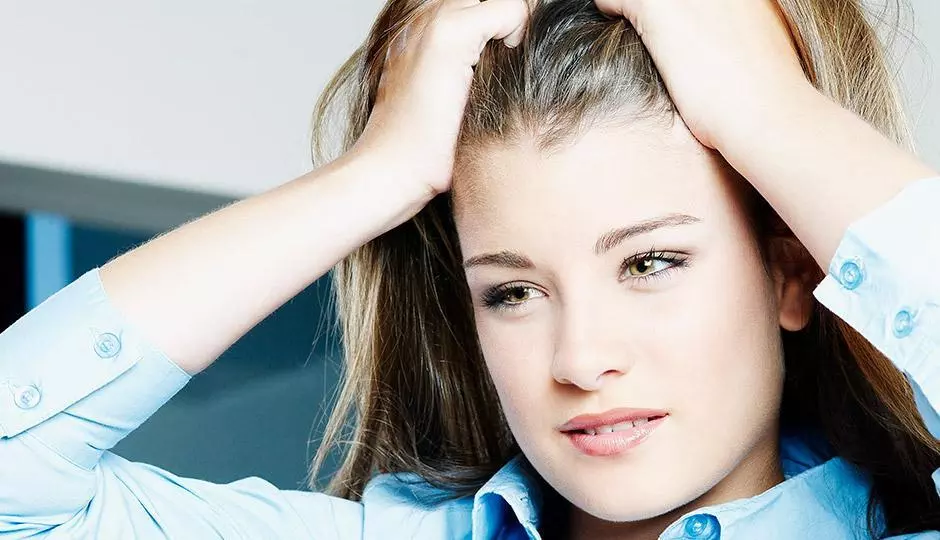Women experience a variety of symptoms associated with menopause. However, some are discussed more frequently than others. Hair loss is one of the most distressing yet infrequently discussed symptoms of menopause. As women enter menopause, reports of changes in hair thickness and integrity are common. The North American Menopause Society credits hair loss during menopause to the change in amounts of androgen and estrogen in the body as well as to genetic predisposition. Certain types of therapy, namely androgen and progestogen, may also result in hair loss and/or thinning.
If you are a woman struggling with hair loss during menopause, it is important to know that there are viable hair replacement solutions available to you for the particular type of hair loss you are experiencing. In this posting, I want to highlight two non-surgical hair replacement procedures that are commonly used by women struggling with hair loss during menopause.
Hair Additions
Simply defined, a hair addition is a nonsurgical hair loss solution that adds human and/or synthetic hair to a person’s existing hair or scalp. Hair additions may include but are not limited to: hair weaves, hair extensions, hair fusions, hair pieces, hair prostheses, and wigs. Hair additions are not simply a “pull it off the shelf and stick on your head” cosmetic accessory. Women should meet with an trained hair loss expert and decide exactly what type of hair addition, color, texture, and style is right for them.
Hair additions are suitable for people who have temporary or permanent hair loss due to genetic or medical causes. Additionally, hair additions are appropriate for women who are uncertain about or unable to undergo hair transplant surgery. Hair Additions are a perfect solution for people who want long, beautiful, thick hair and who want full control over the color, thickness, length, and style of their hair.
Hair Augmentation
Hair augmentation as a procedure that adds hair to areas where hair is thinning or the scalp is bald. A hair graft is bonded to the scalp or to the natural hair to compensate for hair loss and/or thinning. Depending on the degree of hair loss in a particular area, the overall hair density can be adjusted as well as being designed to cover the precise area of hair loss. Hair augmentation is highly individualized and tailored to meet your specific and individual needs.
Menopause and Hair Loss
Menopause is difficult enough without worrying about the emotional and psychological effects of female hair loss. If you are experiencing the early signs of hair thinning and you are trying to decide what to do, remember that you have many options. If you are in the throes of moderate to severe hair loss and aren’t sure how to proceed, you don’t have to make any decisions today. Be patient with yourself and keep gathering information. Explore the options available to you, seek out a hair loss professional you feel you can trust, and ask questions.


